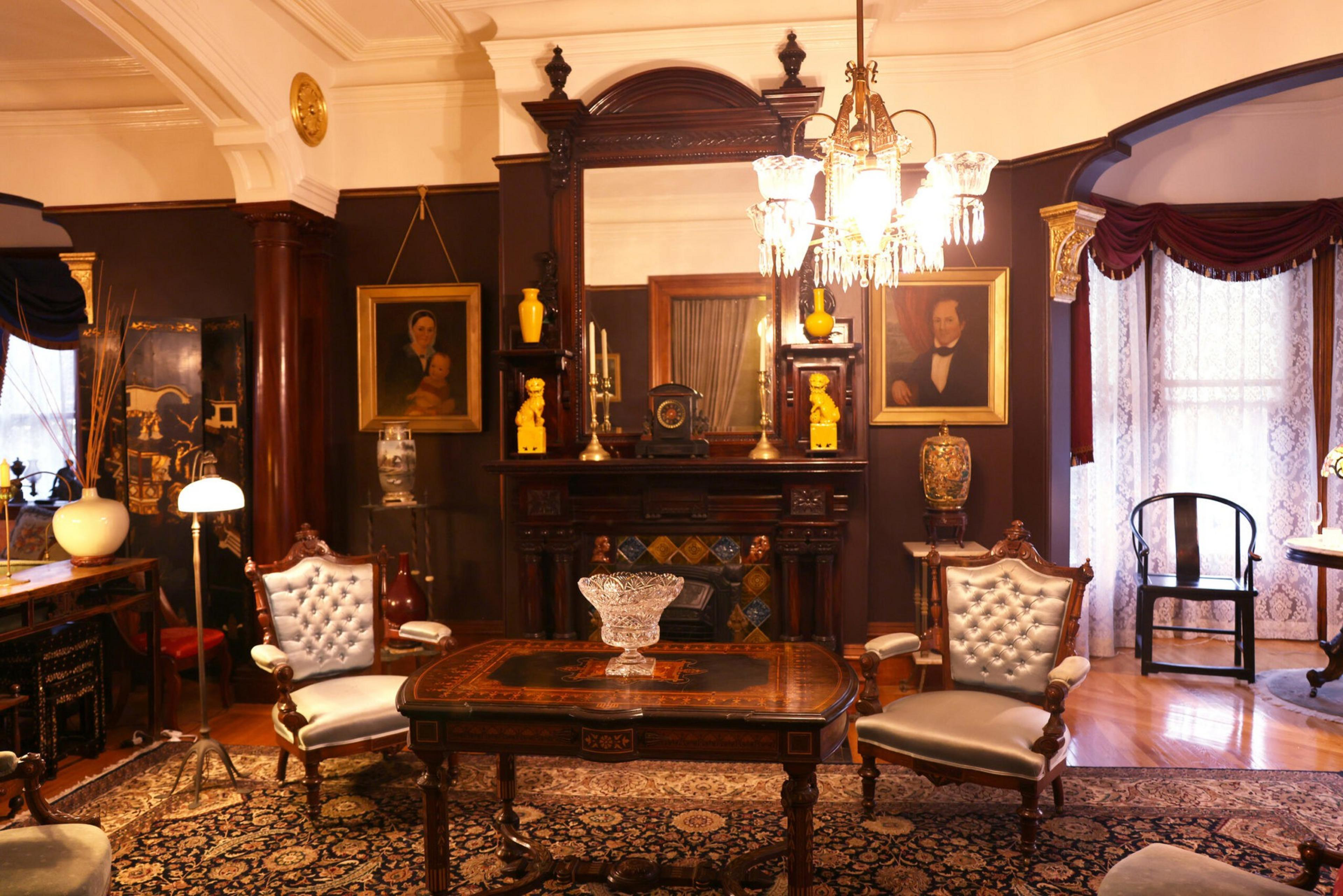Ericsson Hatfield and Leah Froyd want to turn the symphony hall experience on its head—in some of San Francisco’s most exclusive homes.
The pair founded the Insight Chamber Players (opens in new tab) in September 2022 with the goal of providing an intimate, educational experience of string music that’s completely unlike buying a ticket to Davies (opens in new tab).
It might sound new, but it’s actually a return to the past—and how the music should be heard, according to the pair. Each has a graduate degree in music, having studied at the San Francisco Conservatory of Music. Hatfield now teaches there.
“Chamber music was always intended for small locations,” Hatfield said. “Mozart string quartets were never made for a symphony hall, and Chopin only performed in salons and living rooms.”

In San Francisco, that translates into some of the most iconic private homes, such as the Blue Painted Lady and the historic Fisk House in Hayes Valley (opens in new tab)—which has a coved ceiling designed for acoustics in its third-floor ballroom. The quartet performs in these historic locations thanks to the generosity of their owners, who donate their spaces. The $65 the group charges for tickets is not enough to pay the musicians.
“They’ve been two angels for us,” Hatfield said of Jim Warshell and Gail Baugh, who own the nearly 150-year-old Fisk House. “They are stewards of the house who also see themselves as stewards of history.”
The atmosphere of those late 18th century concerts was casual and informal, with listeners interrupting to ask musicians questions.

Hatfield and Froyd want to replicate that interaction. They acknowledge if they’ve screwed something up, stop to tell stories behind the music, and encourage curiosity and clapping between movements.
The intimacy has an impact. Audience members at the group’s recent performance at the Fisk House, all seated in armchairs and settees with glasses of wine and plates of fruit and chocolate chip cookies, were visibly moved: moist eyes, long sighs and absolutely zero napping—but lots of swaying and tapping of feet.
Listeners also learned—about Tchaikovsky’s easily hurt feelings, about Edvard Grieg’s good-natured love of beer, about what the word ostinato means.

In the past, Hatfield and Froyd have organized games for their performances, such as handing out cards in different colors to audience members, with each color assigned to a theme in the music. When they recognize one of the themes, concertgoers lift their blue or red or green-colored cards into the air.
“It allows people to get inside the music,” Hatfield said.
Hatfield, who is 27, and Froyd, 25, pointed out the significant barriers of the symphony and opera—three to four hours of music with barely any breaks, no explanation of what you’re listening to and musicians kept at a distance.
That rarefied atmosphere couldn’t be more different from an Insight Chamber Players performance, where audience members mingle and sip wine for a good half an hour before the performance begins, and musicians are so close to the listeners that bows can graze knees.

“Younger generations care about authenticity,” Froyd said. “And they’re looking for a reason to put their phone away.”
Froyd and Hatfield don’t think the issue is that Gen Z doesn’t like classical music—it just has to be presented correctly.
“It’s like living inside the music,” Hatfield said of the performance. “It’s as close to feeling like a musician as you can get.”
